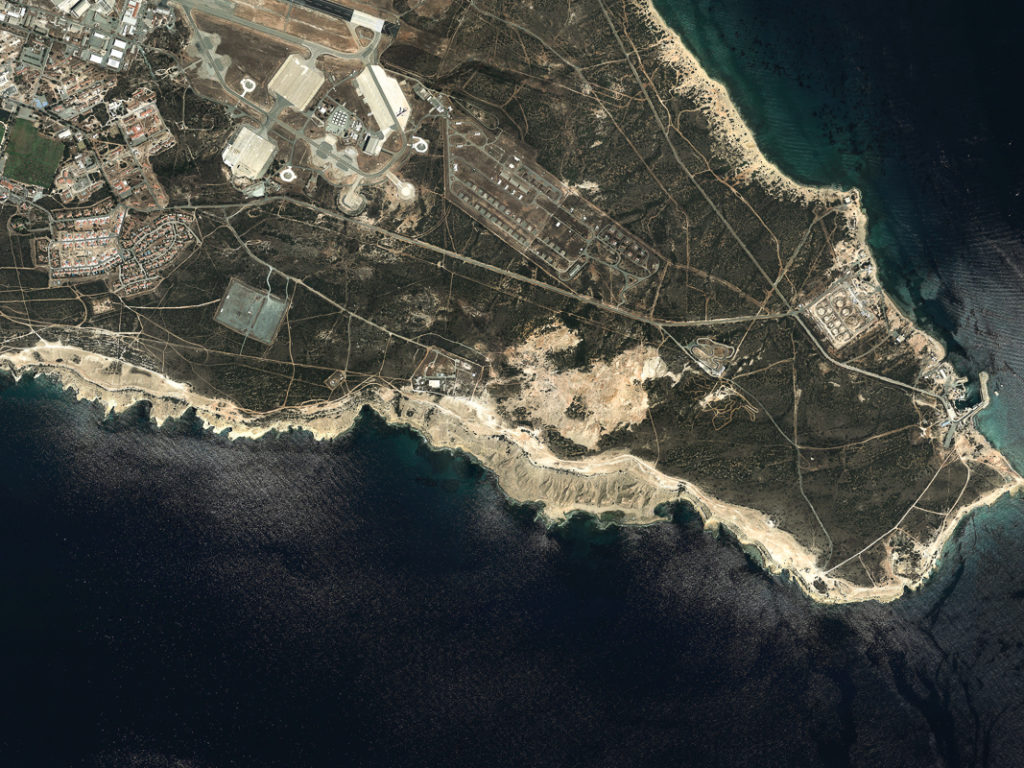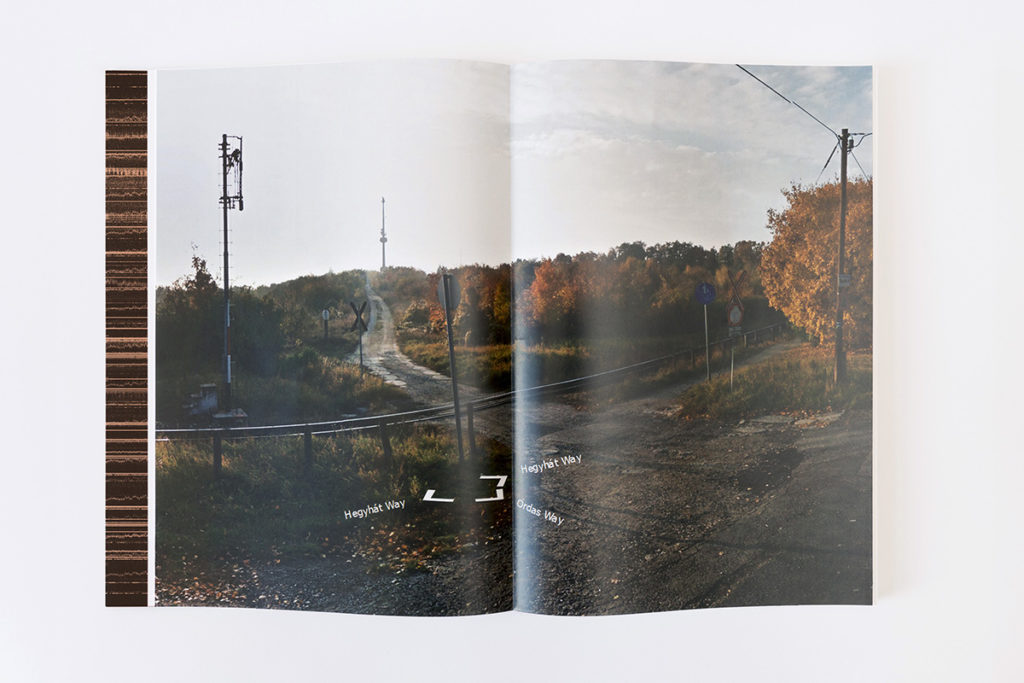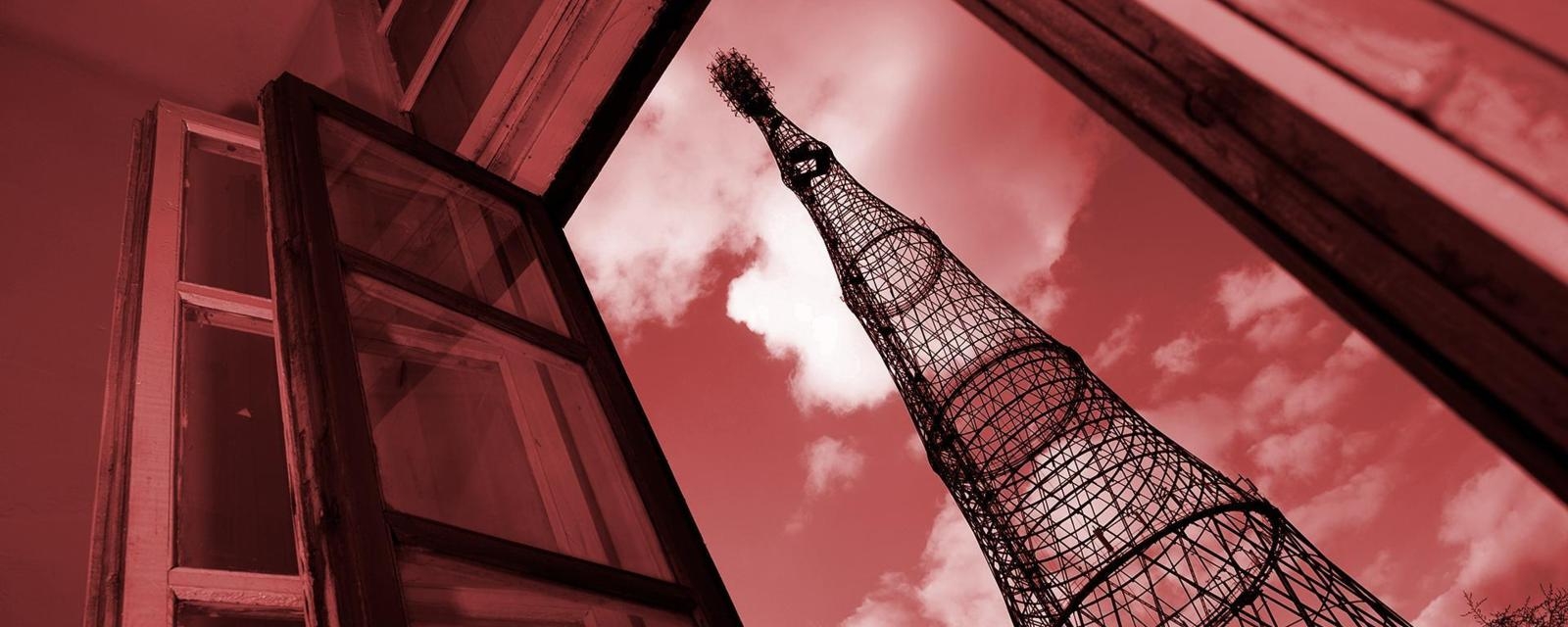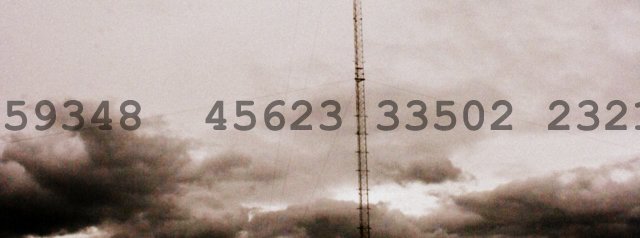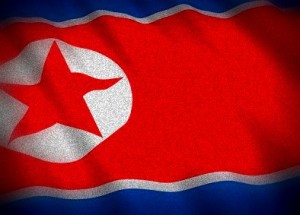Many thanks to SWLing Post contributor, Golan Klinger, who shares the following article which was elected “Best Of 2017″ on the BBC Future website:
“MDZhB” has been broadcasting since 1982. No one knows why.
In the middle of a Russian swampland, not far from the city of St Petersburg, is a rectangular iron gate. Beyond its rusted bars is a collection of radio towers, abandoned buildings and power lines bordered by a dry-stone wall. This sinister location is the focus of a mystery which stretches back to the height of the Cold War.
It is thought to be the headquarters of a radio station, “MDZhB”, that no-one has ever claimed to run. Twenty-four hours a day, seven days a week, for the last three-and-a-half decades, it’s been broadcasting a dull, monotonous tone. Every few seconds it’s joined by a second sound, like some ghostly ship sounding its foghorn. Then the drone continues.
Once or twice a week, a man or woman will read out some words in Russian, such as “dinghy” or “farming specialist”. And that’s it. Anyone, anywhere in the world can listen in, simply by tuning a radio to the frequency 4625 kHz.
It’s so enigmatic, it’s as if it was designed with conspiracy theorists in mind. Today the station has an online following numbering in the tens of thousands, who know it affectionately as “the Buzzer”. It joins two similar mystery stations, “the Pip” and the “Squeaky Wheel”. As their fans readily admit themselves, they have absolutely no idea what they are listening to.[…]
Click here to continue reading the full article on the BBC Future website.

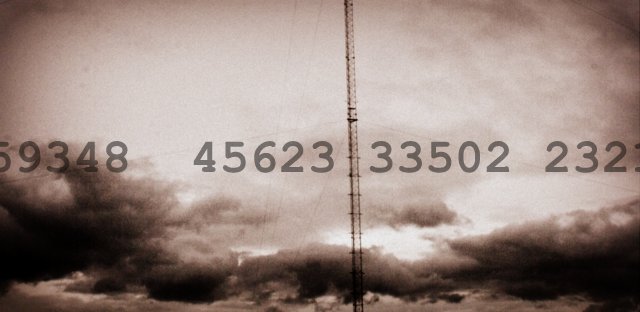
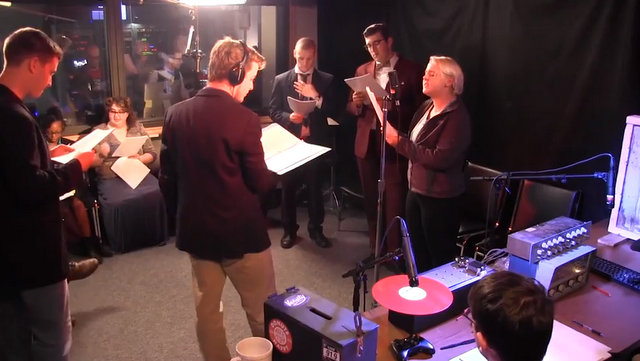
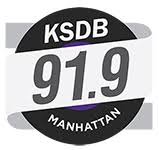 A few months ago, I was inspired to start writing a radio drama about a number station after reading an article on the SWLing Post about someone working at a number station.
A few months ago, I was inspired to start writing a radio drama about a number station after reading an article on the SWLing Post about someone working at a number station.